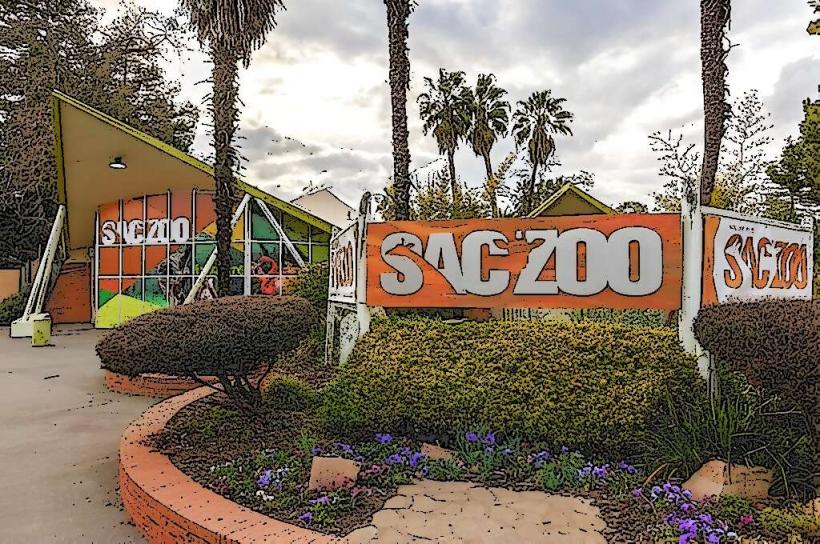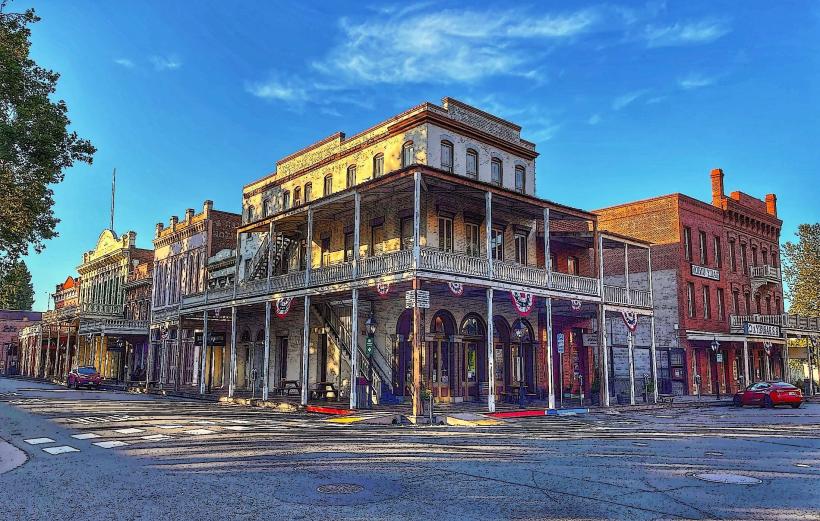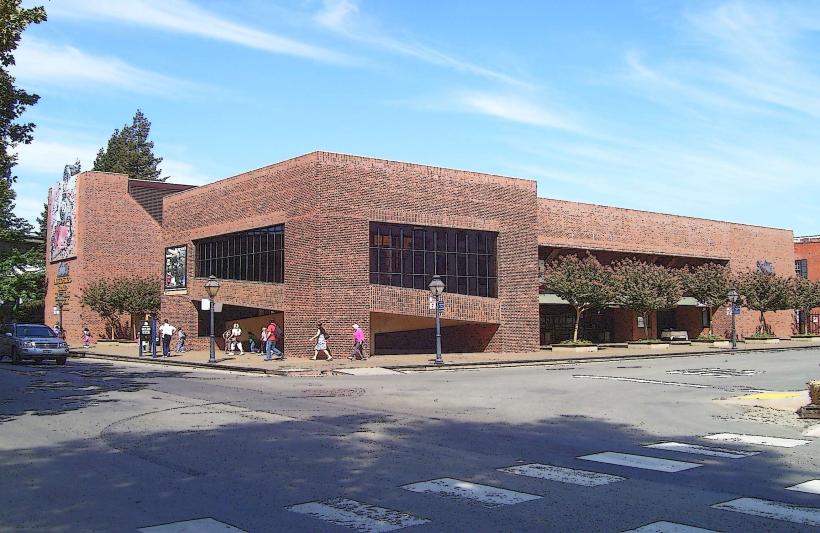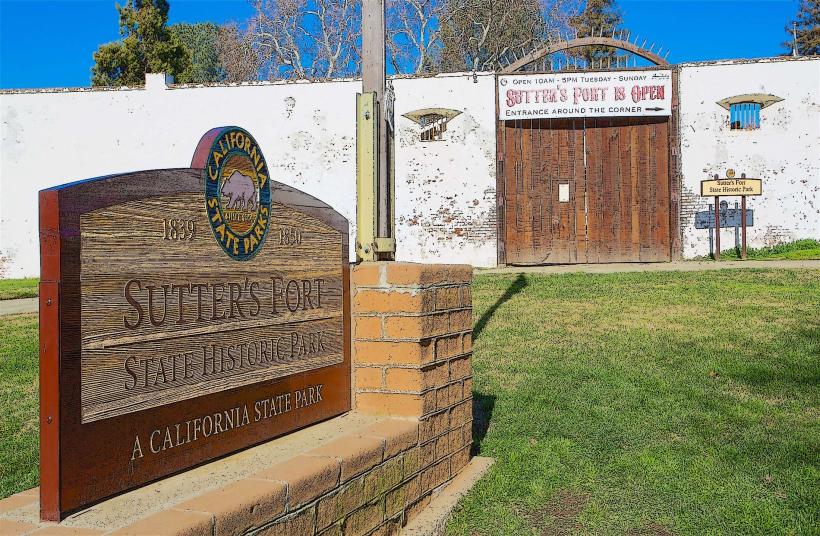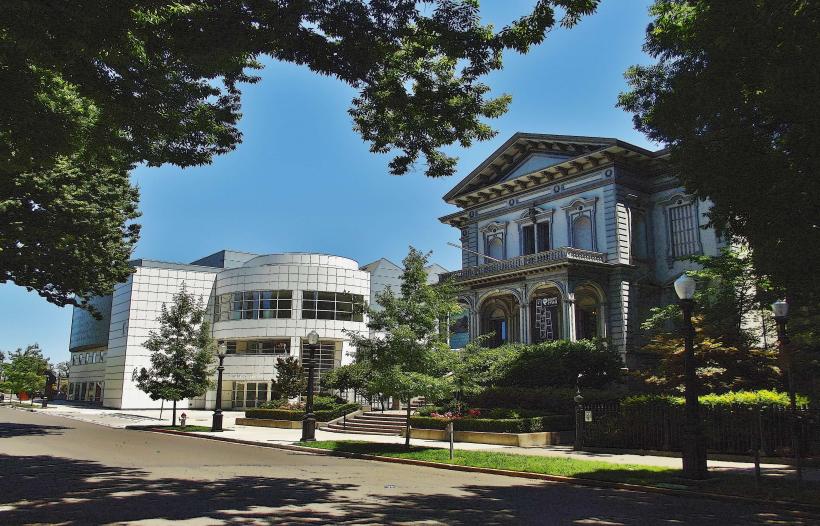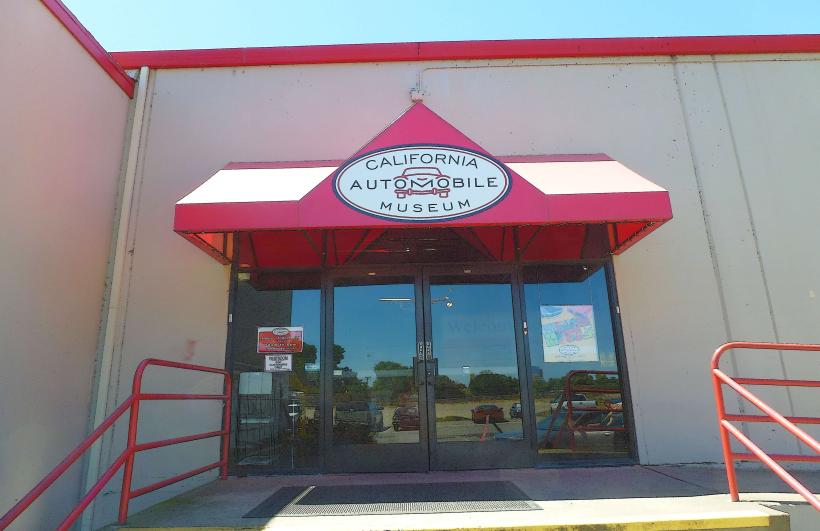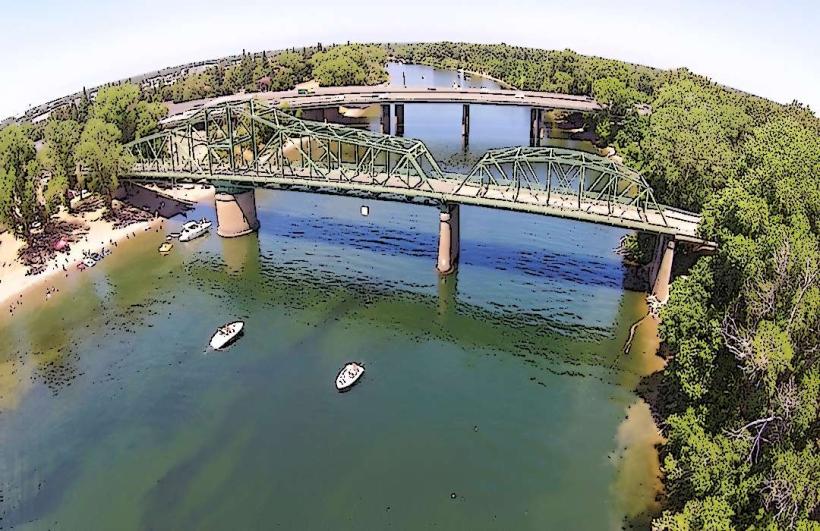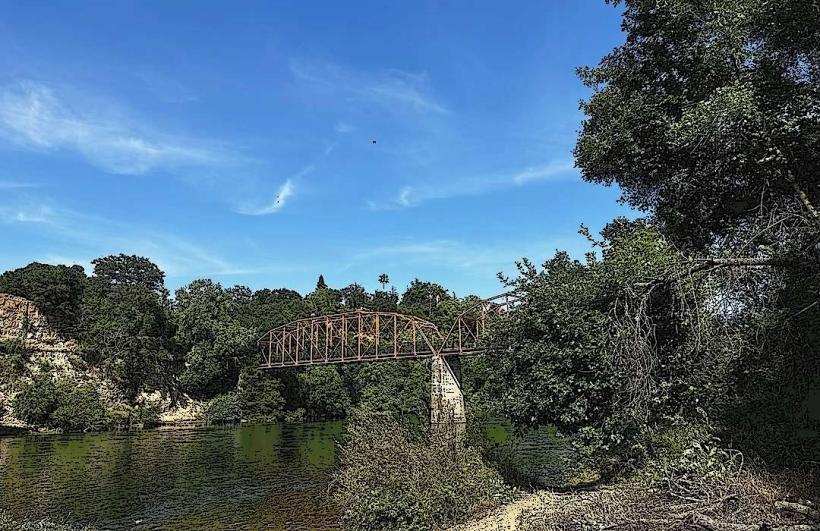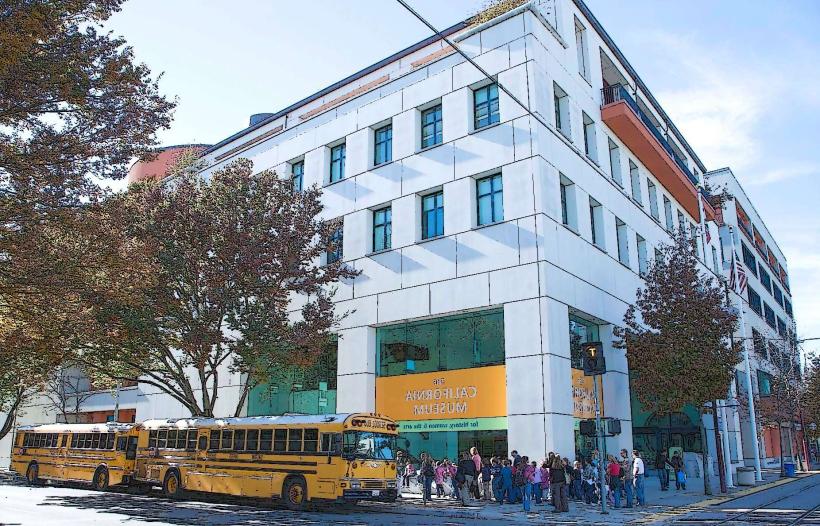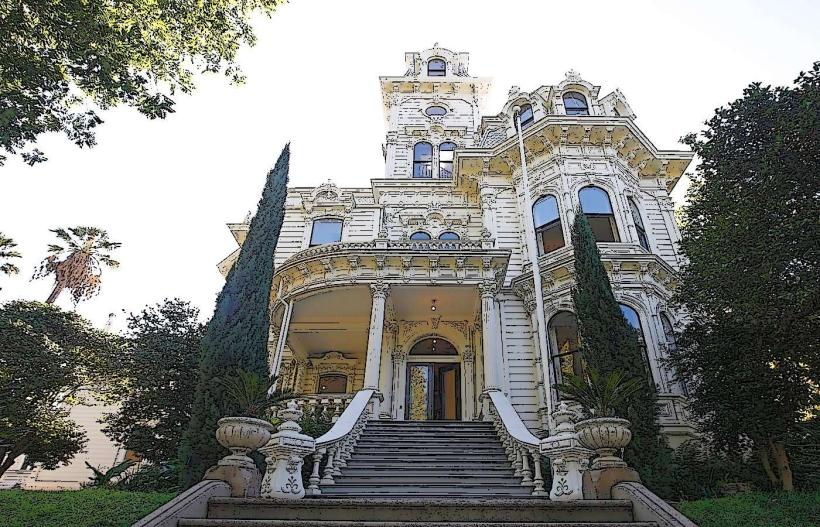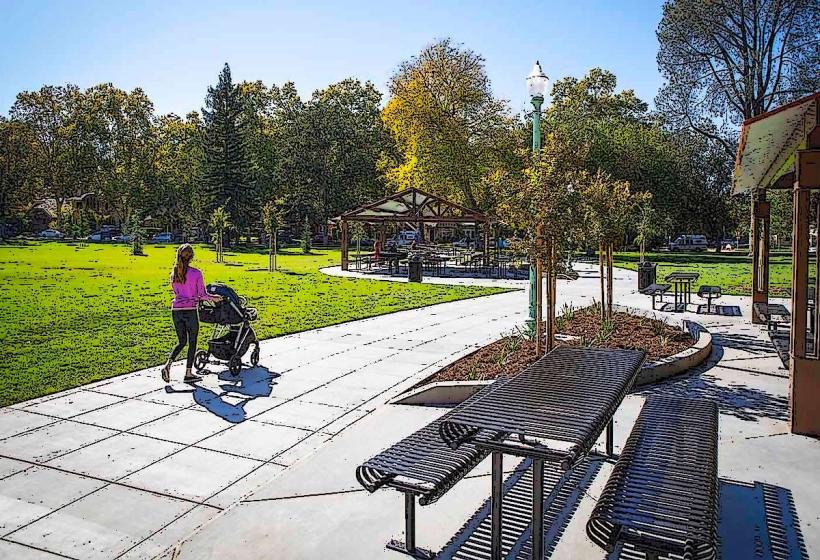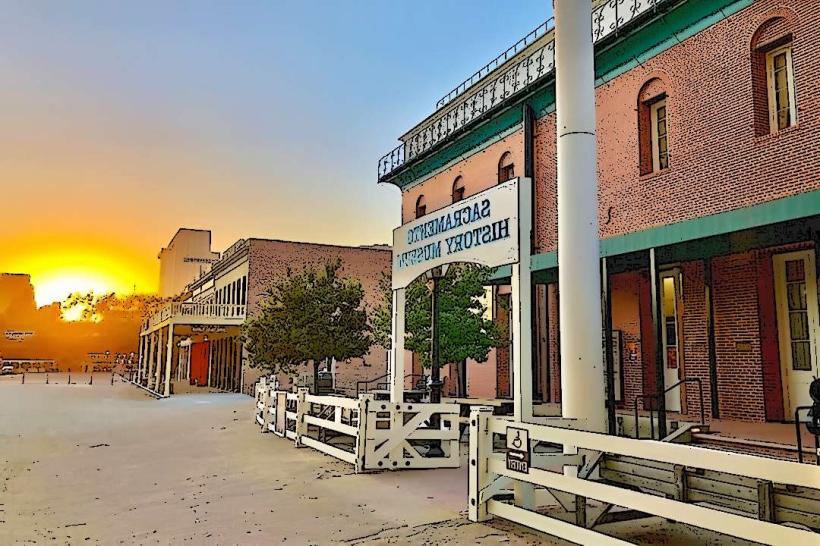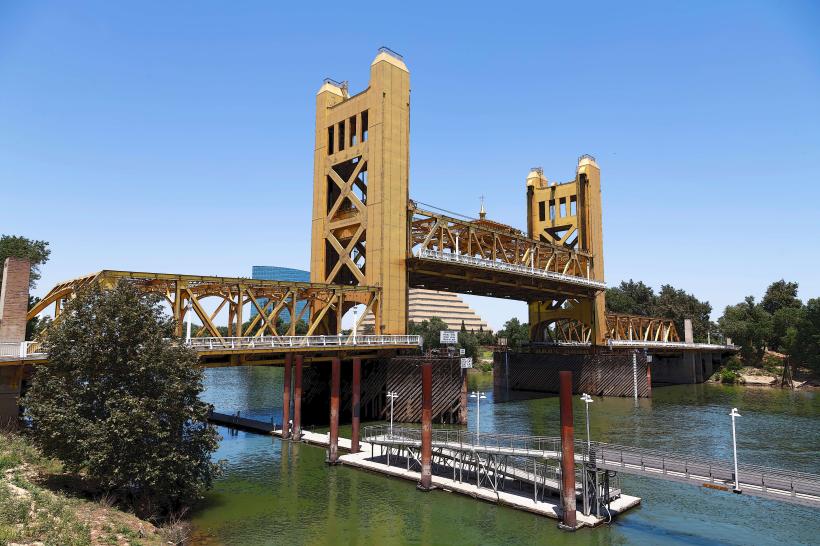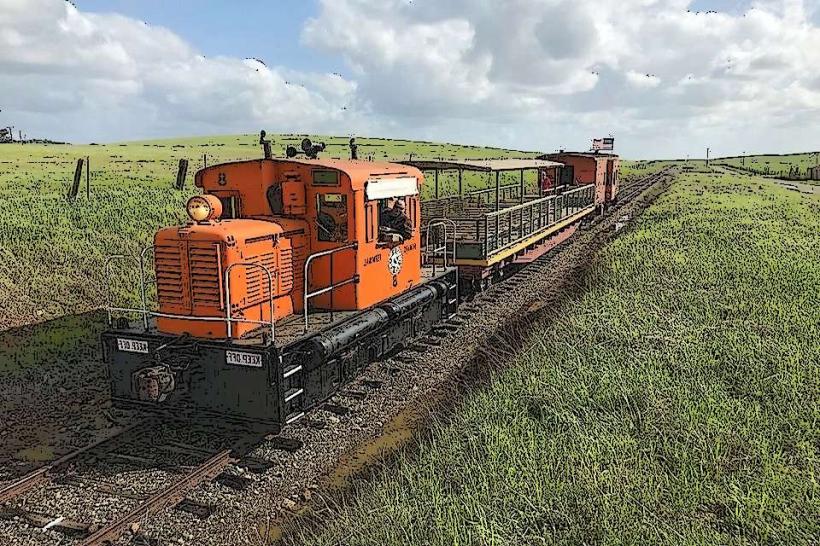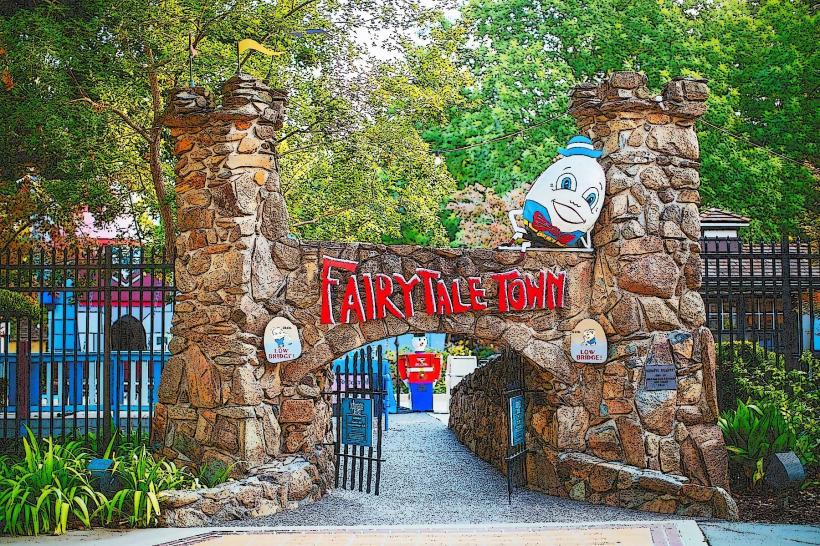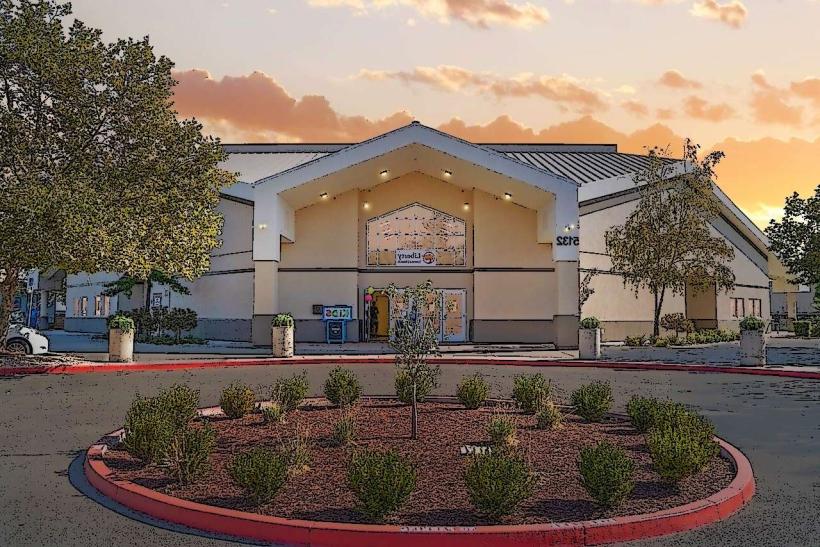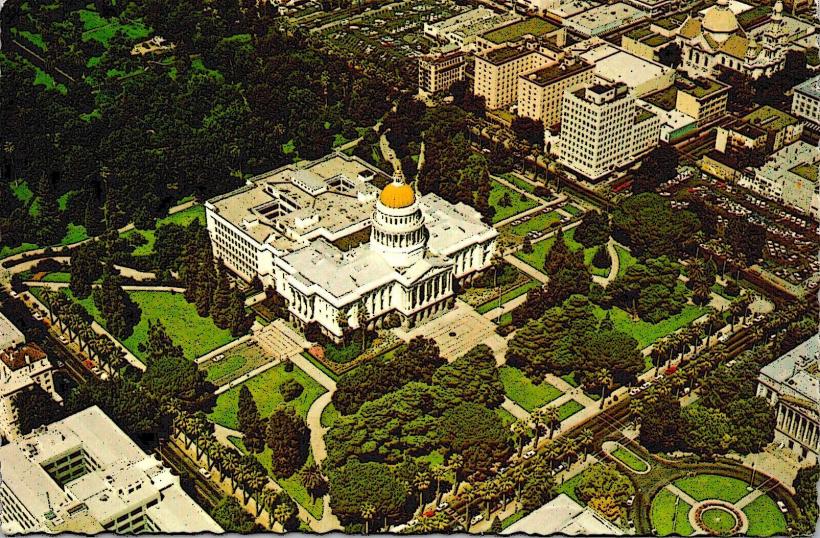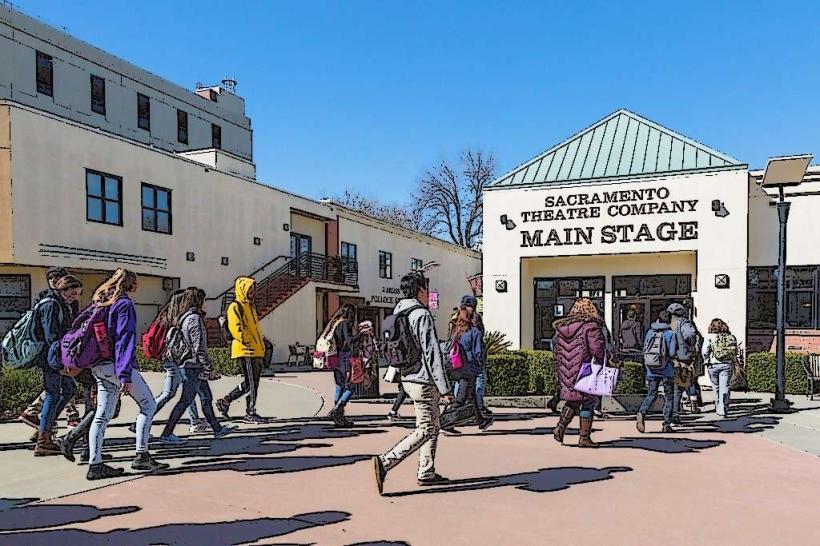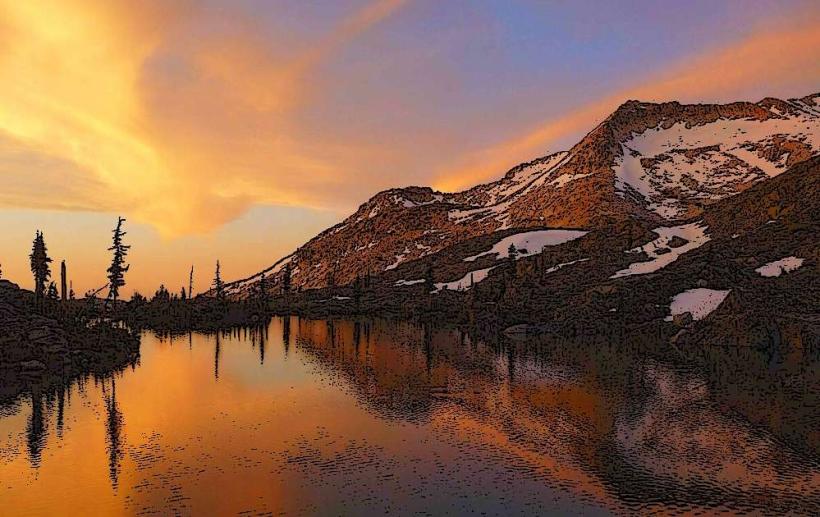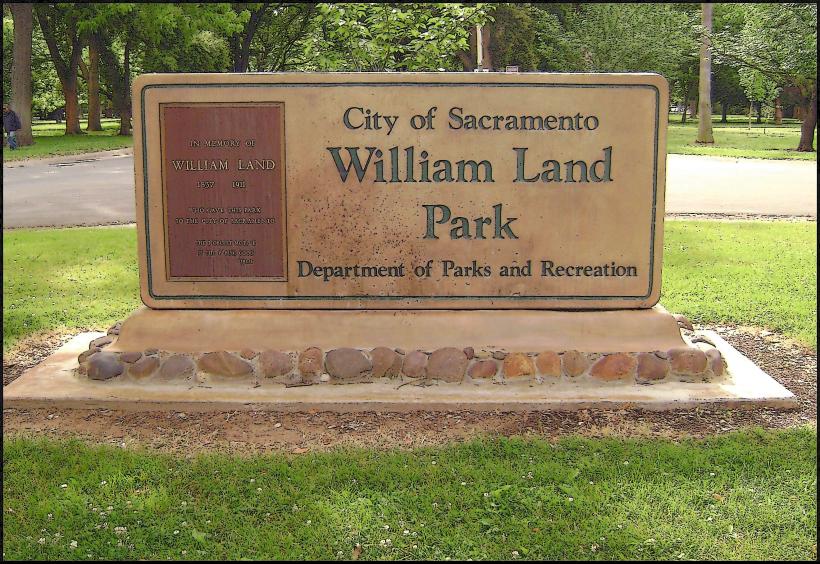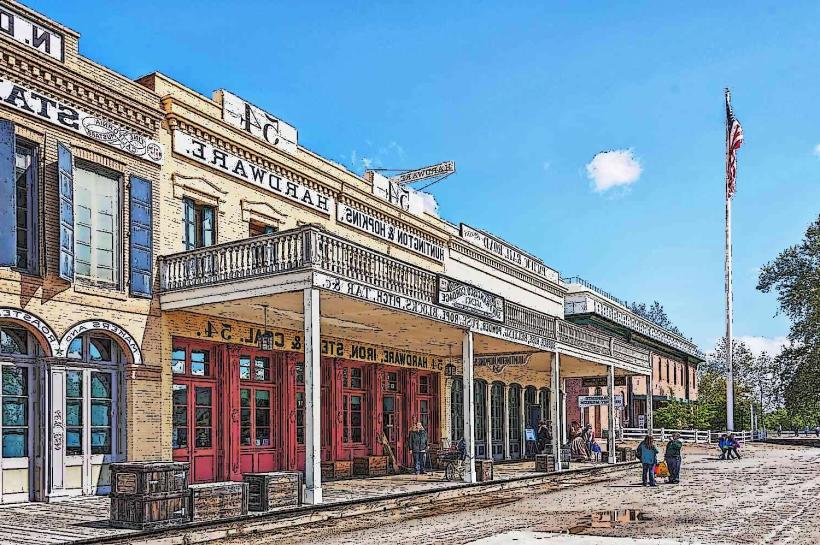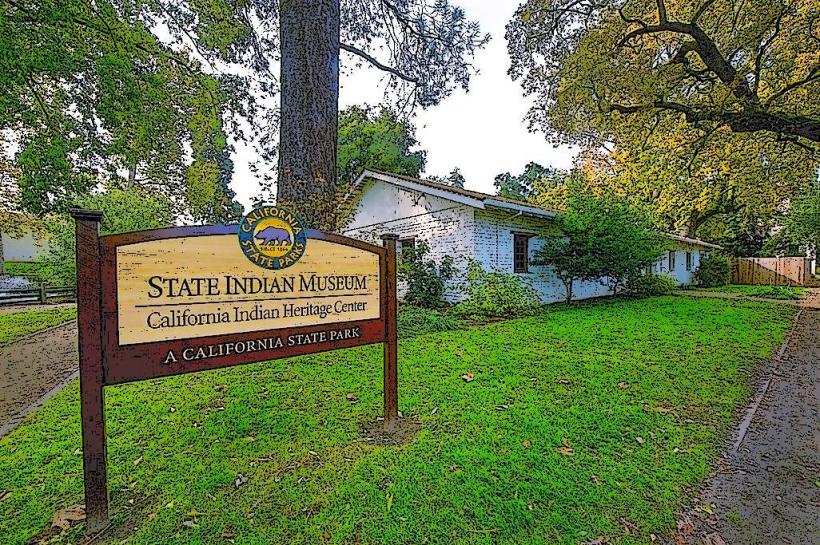Information
Landmark: California State CapitolCity: Sacramento
Country: USA California
Continent: North America
California State Capitol, Sacramento, USA California, North America
California State Capitol: A Detailed Overview
The California State Capitol in Sacramento is a historic and significant landmark, serving both as the heart of California's government and as a museum that celebrates the state's history. It is where the California State Legislature meets, and the office of the Governor of California is located. This grand building is not just a place for governance but a treasure trove of California's political, cultural, and social legacy.
1. History of the California State Capitol
Established: The Capitol building was constructed over a long period, from 1861 to 1874. It was designed by architect Reuben S. Clark, and the original structure has been restored and renovated numerous times to meet the evolving needs of the state's government.
Historical Significance: The Capitol has played an essential role in California's history, witnessing critical legislative and political milestones that have shaped the state's development. It is listed on the National Register of Historic Places due to its architectural value and its connection to California's political heritage.
Architecture: The building is a classical-style structure that reflects the grandeur and importance of California's government. Its neoclassical design includes a prominent dome, resembling that of the U.S. Capitol in Washington, D.C.
2. Exhibits & Collections
Inside the California State Capitol, you can find a variety of exhibits and collections showcasing the state's history and governance. Some notable exhibits include:
Current Exhibit:
Lasting Impressions: Early Photography in California: This exhibit highlights the development of photography in California and its impact on the state's culture and history.
Permanent Exhibits:
Building a Legacy: 150 Years of the California State Capitol: A detailed exhibit that explores the history of the Capitol building itself, from its construction to its role in state governance.
The Road Ahead: The Automobile’s Impact on California: This exhibit examines how the automobile industry transformed California, both economically and culturally.
Out of the Vault: Treasures from Your California State Library: A collection of rare and significant documents and artifacts housed by the California State Library.
Called to Action: California’s Role in WWII: An exhibit dedicated to California’s contributions during World War II, including its role in war production and support for the military.
California Invites the World: 1915 Panama-Pacific International Exposition: This exhibit focuses on California's participation in the 1915 World's Fair, showcasing innovations and cultural exchanges.
The Dust Bowl, California, and the Politics of Hard Times: An exhibit detailing the Dust Bowl era and its effects on California's agriculture and policy-making.
Thomas Starr King: Displays dedicated to Thomas Starr King, a prominent California clergyman and advocate for the state's early development.
Governor’s Portrait Gallery:
The Governor’s Portrait Gallery features portraits of California’s governors throughout history. It offers an opportunity to learn more about the state’s political leadership.
3. The Capitol Building’s Legislative Role
The California State Capitol is home to the California State Legislature, consisting of the State Senate and the State Assembly.
State Senate: The Senate Chamber is the location where state senators meet to discuss and vote on legislation.
State Assembly: The Assembly Chamber is where members of the Assembly work on state laws. These chambers have been carefully preserved and restored to maintain their historical integrity, allowing visitors to experience the Capitol as it functions today.
4. Capitol Park: Surrounding Green Spaces
The Capitol Park surrounding the California State Capitol is an expansive and beautifully landscaped area that extends over 40 acres. The park serves as a tranquil green space for visitors and is also home to several important memorials and gardens.
Key Features of Capitol Park:
Over 450 Varieties of Trees: Capitol Park contains a wide variety of trees, many of which are species native to California and the world.
California Memorials: Several important memorials can be found in the park, including the California Firefighters Memorial and the California Veterans Memorial. These monuments honor those who have served the state and its people in various capacities.
World Peace Rose Garden: A serene garden within the park, known for its beauty and symbolism, especially as a symbol of peace.
5. Tours & Visitor Information
The California State Capitol Museum offers a variety of guided and self-guided tour options that provide in-depth insights into California's history, government, and the Capitol building itself.
Public Tours:
Public tours are available Monday through Friday on the hour from 10:00 AM to 4:00 PM. These tours are free and are available to all visitors. They provide a comprehensive overview of the building, its history, and its legislative functions.
Group Tours:
Tours for groups of 10 or more are available by reservation. These tours are ideal for schools, organizations, or other groups interested in exploring California's governmental history.
Capitol Park Tours:
In addition to Capitol building tours, free guided tours of Capitol Park are offered on Sundays and Wednesdays. These tours highlight the history and significance of the park's monuments, trees, and gardens.
6. Accessibility and Visiting Information
Hours of Operation: The Capitol is open Monday through Friday, from 9:00 AM to 5:00 PM. It is closed on weekends and major holidays.
Admission: Admission to the California State Capitol and its tours is free of charge, making it accessible to all visitors.
Parking:
Metered parking is available on the streets around the Capitol, though it may be limited during peak visiting hours.
Nearby parking garages, such as the City of Sacramento-Capitol Garage on 10th and L Streets, provide additional options.
Public Transportation: The Capitol is well-connected by Sacramento Regional Transit (RT), with light rail stations at 7th & Capitol and 8th & Capitol, both within walking distance.
7. Special Events and Programs
The California State Capitol hosts a variety of special events, including:
Legislative sessions: Visitors can observe lawmakers in action during public sessions of the State Senate and State Assembly.
Historical commemorations: The Capitol is often the site for celebrations of California's historical events, holidays, and state commemorations.
Educational programs: Schools and educational groups can book specific educational programs that focus on California's legislative process, history, and culture.
Conclusion
The California State Capitol is not just a government building but a rich repository of California’s history and a vital part of the state’s heritage. With its beautiful architecture, informative exhibits, and expansive Capitol Park, it offers visitors a unique opportunity to learn about the state's legislative process and its historical significance. Whether you're a history enthusiast, a student, or simply a visitor interested in the state's government, the Capitol is an essential destination in Sacramento.

